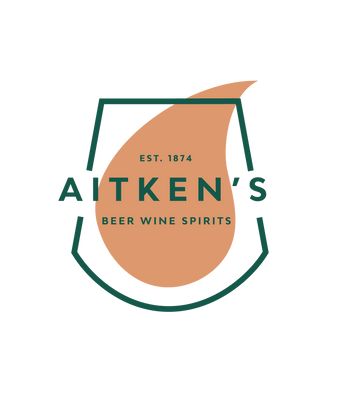Images are for illustrative purposes only and, unless clearly stated in the product title or description, labels and vintages may differ from those shown.
| Grape | Carmenère |
| Style | Dry, Red, Full Bodied, Spice, Black Fruits, Tannic |
| Country | Chile |
| Region | Valle de Colchagua |
| Volume | 75cl |
| ABV | 13.5% |
| Dietary | Vegetarian, Vegan, Sustainable, Organic |
Emiliana Adobe Reserva Carmenère features a purplish-red colour and an intensely fruity nose with aromas of plum, redcurrant, toast, and blackcurrants. With its smooth and velvety tannins and good density, its finish is both enjoyable and persistent. Perfect with barbecued red meats, stews, pastas, and ripe cheeses.
Critic Review
Decanter Magazine: 92Pts
Drinking Window: 2022 - 2025
"...a belter of a wine that tastes far more expensive than it is. Ripe blackberry and blueberry aromas leap from the glass and continue on the silky-smooth palate. There's nothing green about this wine, just purity of fruit, a cool freshness and a long creamy finish."
Tina Gellie
About the Producer
Voted by Wines of Chile as "Winery of the Year 2016", Emiliana is one of Chile's most exciting producers and pioneers in organic and biodynamic winemaking. Since 1998, this Chilean winery has been producing award-winning wines from almost 1,000 hectares of vineyards in prime sites including Casablanca, Maipo, Cachapoal, Colchagua and Bio Bio.
Its spectacular biodynamic vineyard and winery at Los Robles is a model that attracts visiting viticulturalists and winemakers from across the world. Emiliana's innovative and natural-leaning wines are made with great care and attention and the results are inspiring.
Discover other wines made by Emiliana
Vineyard and Winery
The Colchagua Valley extends from San Fernando in the north to Chimbarongo in the south. The climate is Mediterranean, and the area receives winds from the south and morning fog. Springs are frost-free, and summers are very warm, which encourages proper ripening. Summers are hot but with cool night temperatures. The soils are medium to very deep, of alluvial origin, and have a silty-loam texture that allows for good vine development. The grapes were hand picked in late April and early May and submitted to a week-long pre-fermentation cold treatment at 8ºC (46ºF) to extract more fruit characteristics. Alcoholic fermentation took place at 25º–28ºC (77º–82ºF) with pumpovers determined by daily tastings through the end of the process. A post-fermentation maceration followed, and then the wine was devatted, separating the free-run wine from the skins. Malolactic fermentation took place naturally. 20% of the wine was aged in French oak for 6 months and then blended for a more complex character.
Reviews
Net Orders Checkout
| Item | Price | Qty | Total | |
|---|---|---|---|---|
| Subtotal |
£0.00 |
|||
| Shipping | ||||
| Total | ||||

